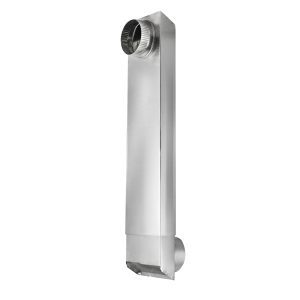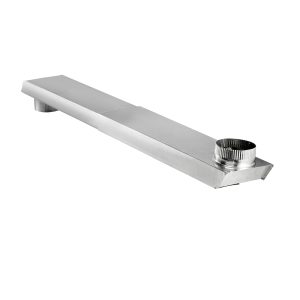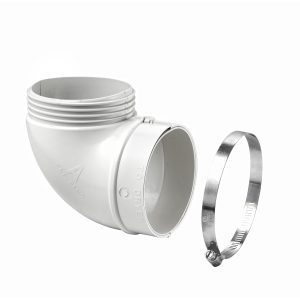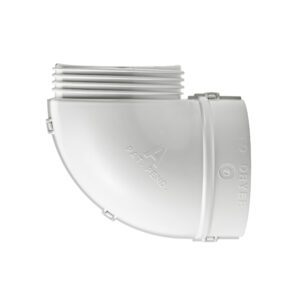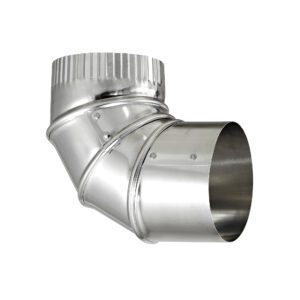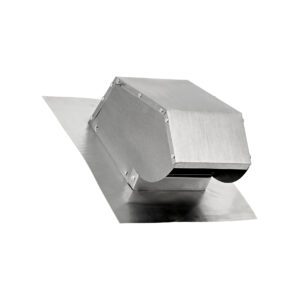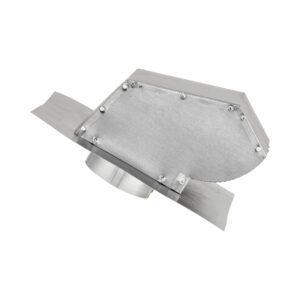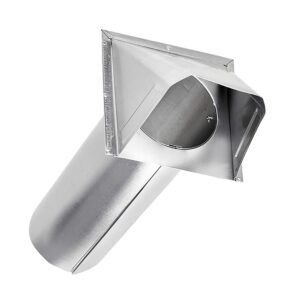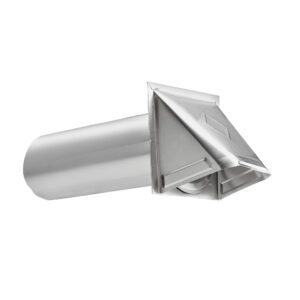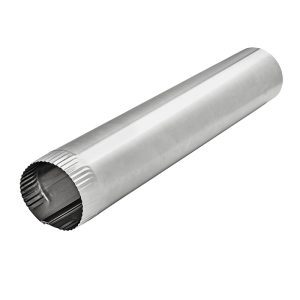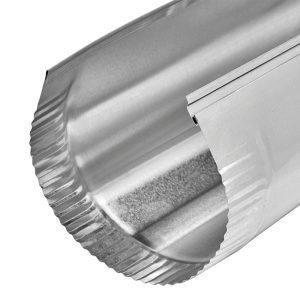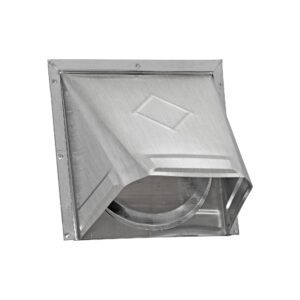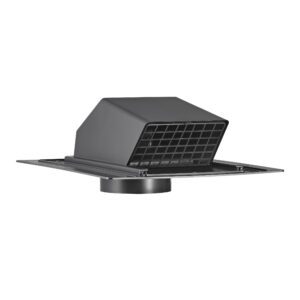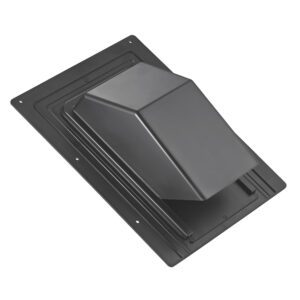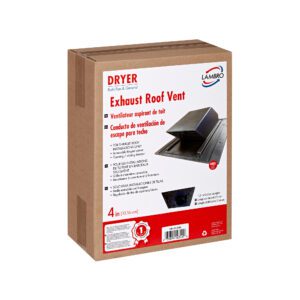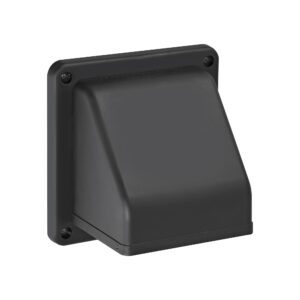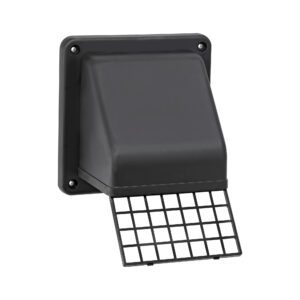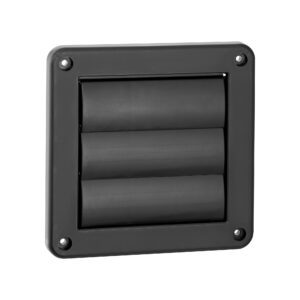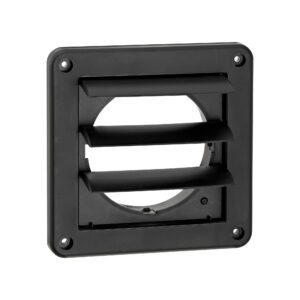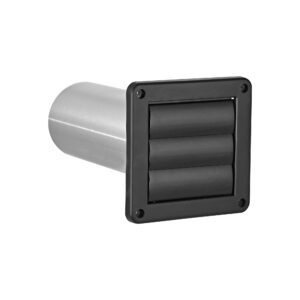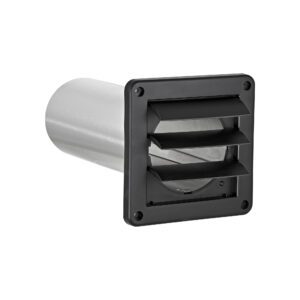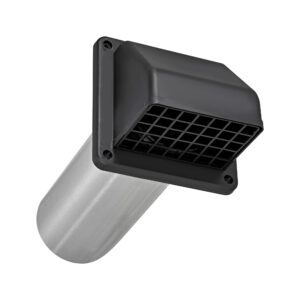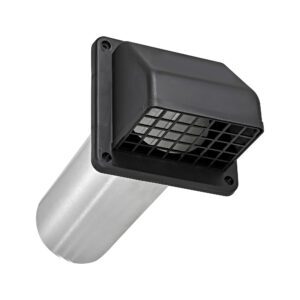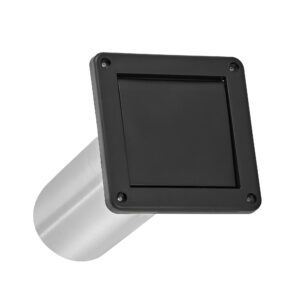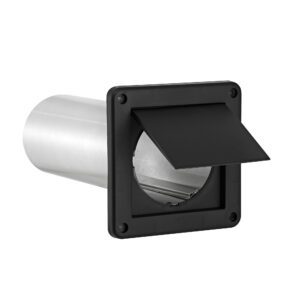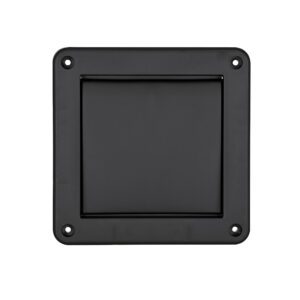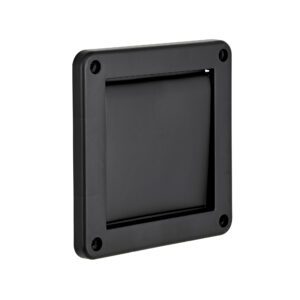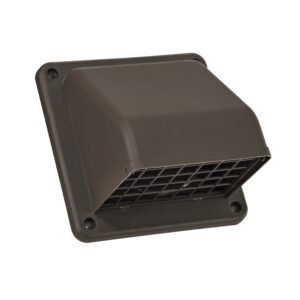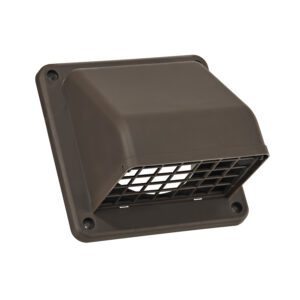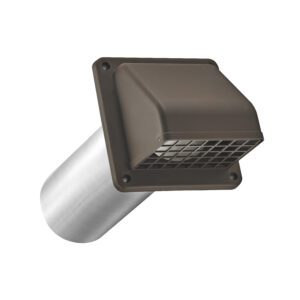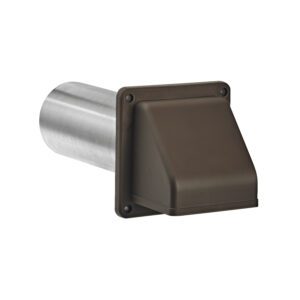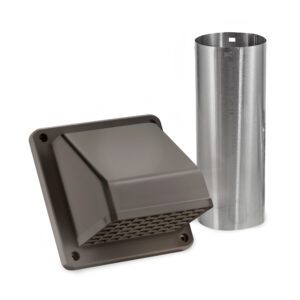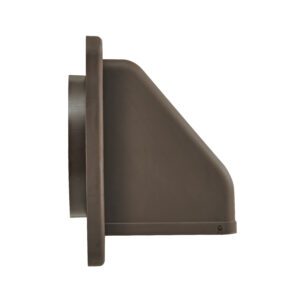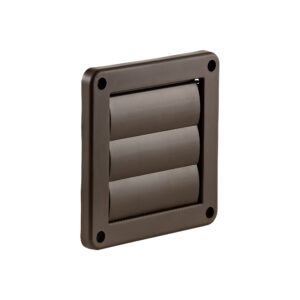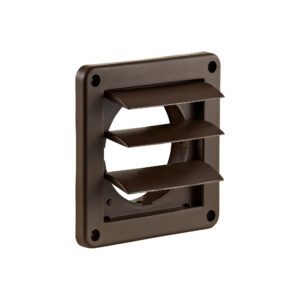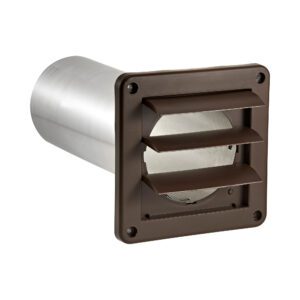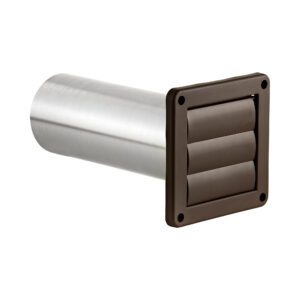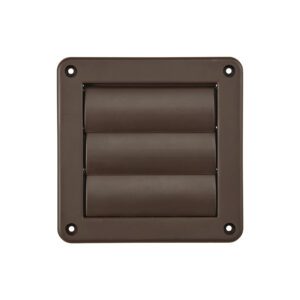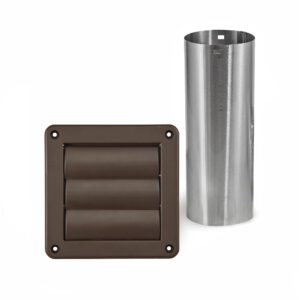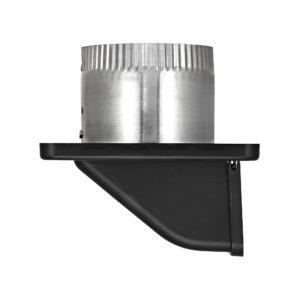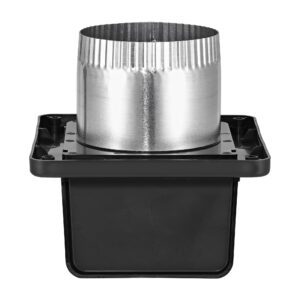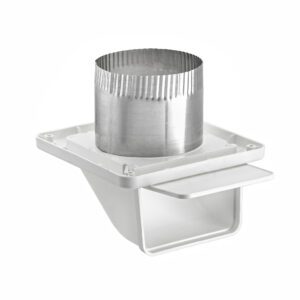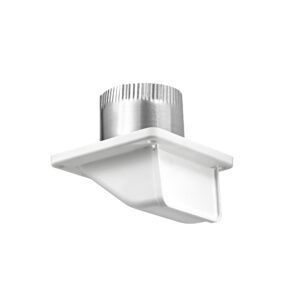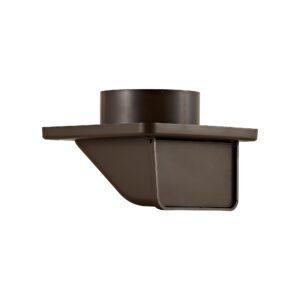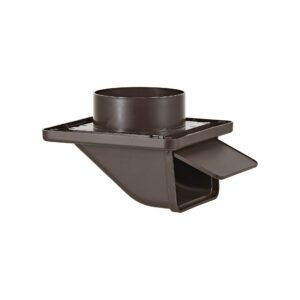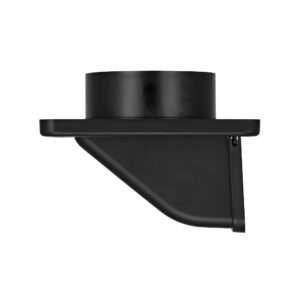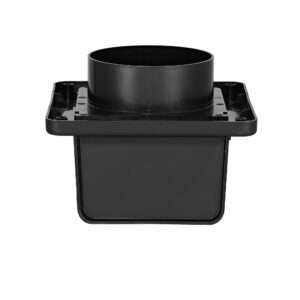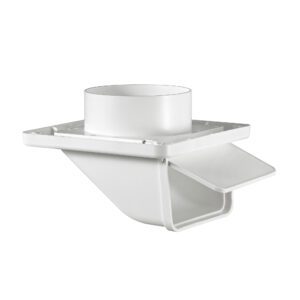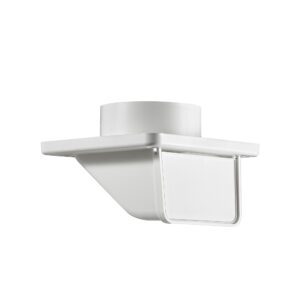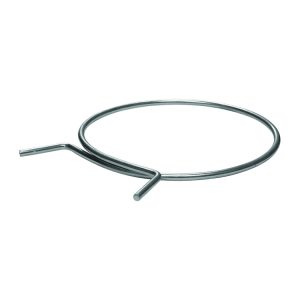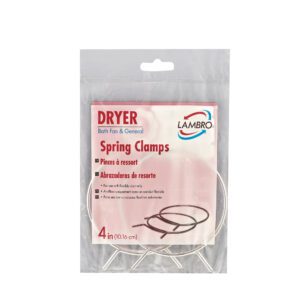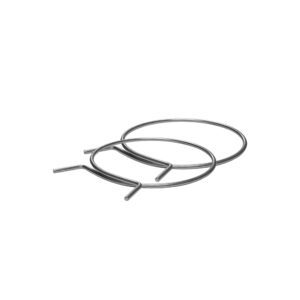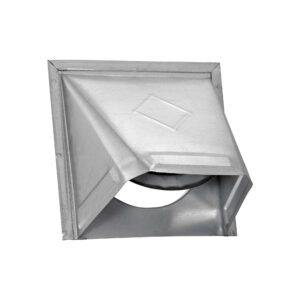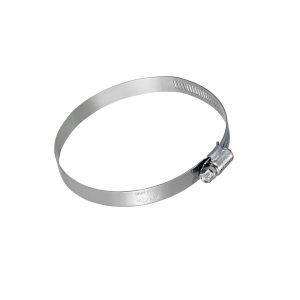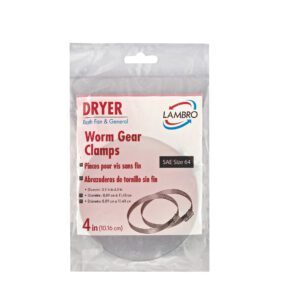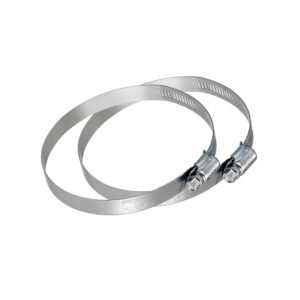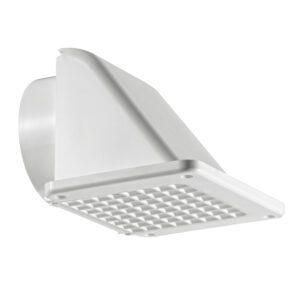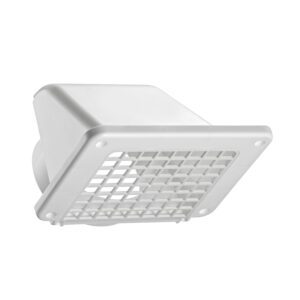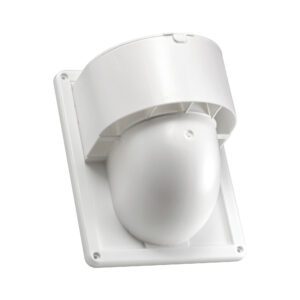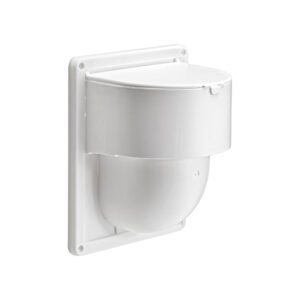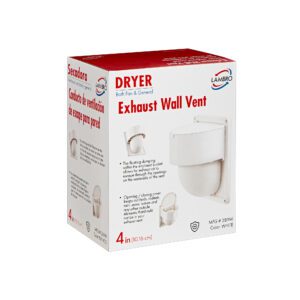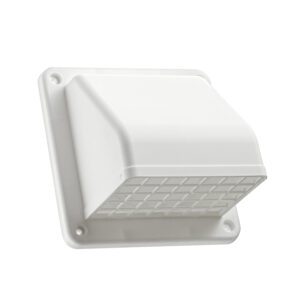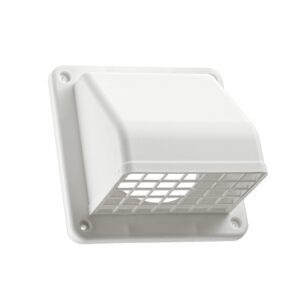Dryer Venting from Lambro
Lambro is a leading manufacturer of dryer vents and other ventilation accessories. Lambro sells its products through a network of dealers, distributors, wholesalers and retailers in the United States.
Lambro manufactures a variety of different types of dryer venting products and other components to meet every need. Our products are made from high-quality materials and backed by a limited warranty.
All of our products meet or exceed local and national building codes. If you are a dealer or contractor contact Lambro. We will be happy to help you find the right product for your needs!
If you are a consumer and need a new dryer vent, contact your local big box or hardware store today!
Here’s a quick overview of the most common types of dryer venting:
Foil Flex Duct: Aluminum foil duct is a popular choice for dryer vents because it is lightweight and easy to work with. However, it is not as durable as other options and can tear easily if not installed correctly. It is also not recommended for use in high-humidity areas, as it can promote the growth of mold and mildew.
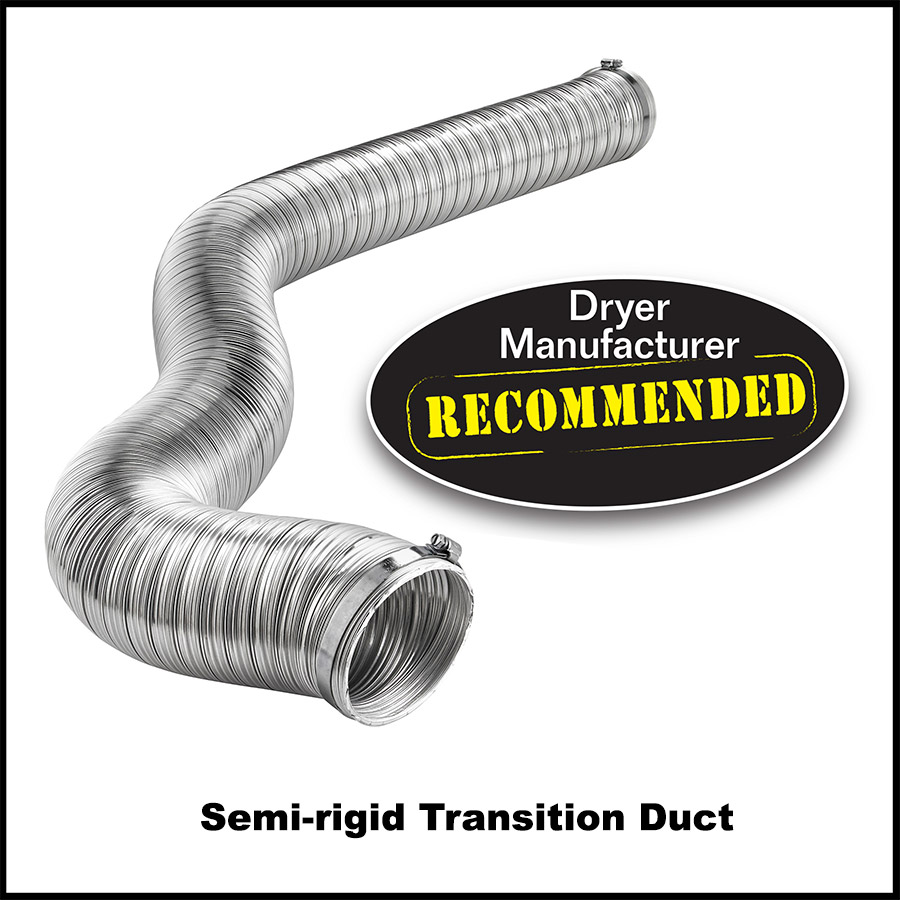

Aluminum Semi-Rigid Duct: Aluminum Semi-rigid duct is more durable than aluminum foil duct and can be used in high-humidity areas without worry. It is also easier to install than rigid metal duct, but not as easy as aluminum foil duct.
Slim or Periscope: Slim fit duct, also known as periscope dryer vent, is a good choice for tight spaces where traditional dryer venting might not fit. However, it is not as easy to work with as other options and can become clogged more easily. See Lambro’s TiteFit 90 Degree – Rectangular Aluminum Dryer Duct
Rigid Metal Duct: Rigid metal duct is the most durable option, but it is also the most difficult to install. It is a good choice for long install runs and is less likely to become clogged.
Vinyl Duct: Vinyl duct is NOT recommended to vent a dryer.
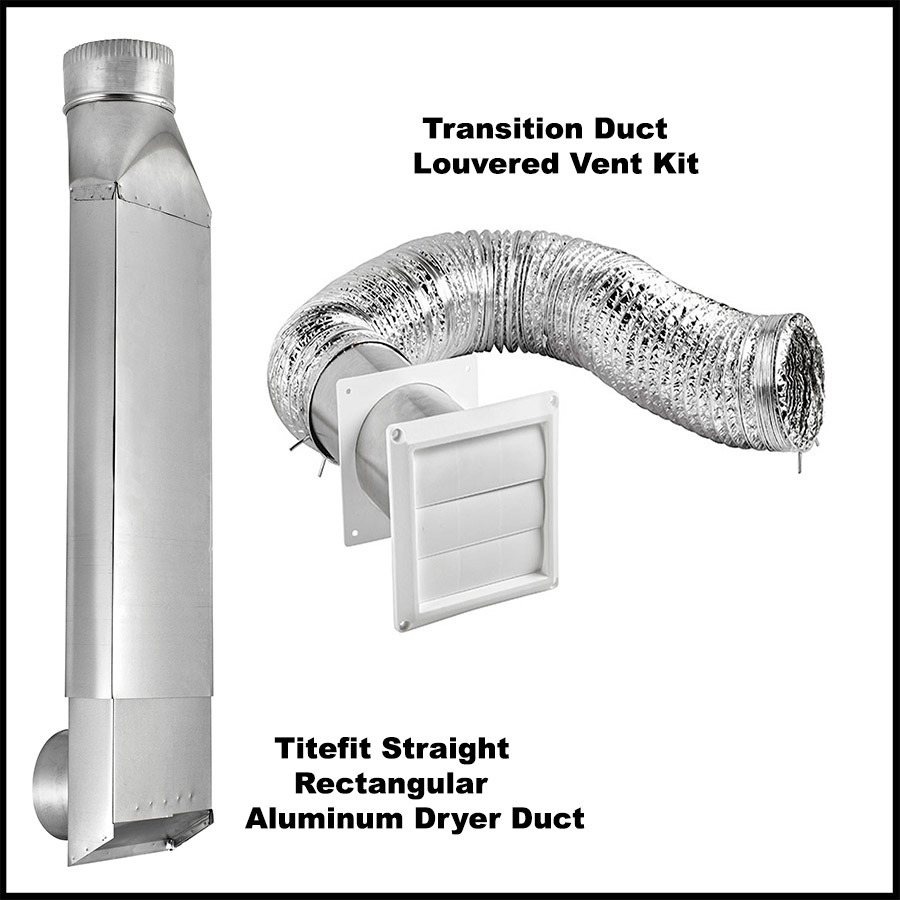

INFORMATION FOR OUR DEALERS’ CONSUMERS
Lambro sells its dryer vent products through a network of distributors, wholesalers and retailers in the United States.
To find a dealer near you go to https://www.lambro.net/where-to-buy/
Dryer venting serves an important purpose: they remove hot, moist air from your home that can cause mold and mildew to grow. Dryer vents also help improve the efficiency of your dryer by allowing it to work at its full potential.
Dryer ducts come in three main types: rigid, semi-rigid and flexible.
The most common types of dryer venting are:
· Aluminum Foil Flex Duct
· Aluminum Semi-Rigid Duct
· Slim Duct or Periscope
· Rigid Metal Duct
Lambro offers all three main types of dryer duct products. In addition, Lambro offers a number of transition duct kits. The duct connecting the dryer to the exhaust duct can be made of flexible aluminum material. This flexible duct, known as a transition duct, facilitates the placement of the dryer in close proximity to the rigid exhaust duct section and allows for easy movement of the dryer for maintenance or cleaning purposes. Our UL 2158A duct is highly recommended for clothes dryer venting installations
Examples:
4″ x 8′ UL 2158A Semi-Rigid Transition Duct Kit – Item #3120UL
4″ x 5′ UL 2158A Transition Duct Preferred Hood Vent – Complete Kit – Item #280
No matter which type of dryer vent solution you choose, be sure to follow the installation instructions carefully to ensure proper ventilation and issues.
The A U.S. Consumer Product Safety Commission (CPSC) report on dryers indicates that most dryer fires are caused by highly flammable lint build-up. Electric dryers pose a greater risk of fire than gas as they produce more heat.
Dryer vents also play an important role in keeping your home safe from fire hazards. In order to ensure that your dryer vent is properly installed and up to code, there are a few guidelines you should follow.
First, check your local dryer vent codes. These will vary depending on where you live, but there are some general standards that most jurisdictions follow. Make sure that your dryer vent meets or exceeds these requirements.
Next, take a look at the direction / path of your dryer vent. It should be as straight and short as possible; any bends or turns will decrease the efficiency of your dryer and could create a fire hazard. The exhaust duct should also be made of metal, not plastic or other flammable materials.
Make sure that the vent is properly connected to your dryer and the outside of your home. There should be no gaps or holes where exhaust could escape. This is not only a fire hazard, but it can also allow lint to build up in your dryer, making it less efficient and more likely to overheat.
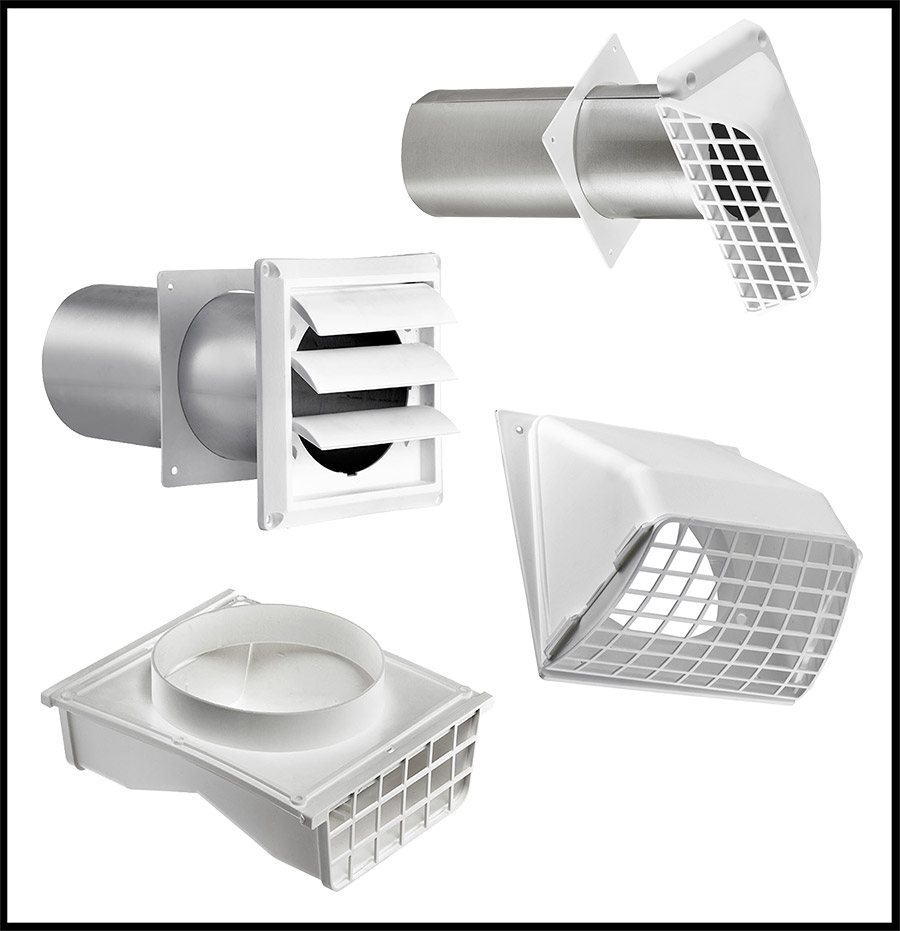

Finally, you’ll need to install a wall or roof cap, also referred to as a hood vent, on the outside of your home. Lambro’s plastic preferred hood vents feature opening/closing backdraft damper that prevents outside elements from entering the vent, as well as a removable screen The cap should be installed on the outside of your home – on exterior walls or roof. Such sealants as spray foam or a tube of silicone caulk are ideal for sealing dryer vent caps, and provide a durable seal that blocks problem pests and prevents weather damage due to leakage under shingles or siding. The caps should be regularly checked for damage and any obstruction.
There are a few key codes that must be followed when installing or repairing dryer vents. These codes are in place to keep homes safe from fire hazards. A professional can help you make sure that your dryer vent is up to code and working properly.
The National Fire Protection Association (NFPA) code 2158 states that clothes dryers must be vented to the outside of the building.
The International Residential Code (IRC) M1401.4 requires that clothes dryers be exhausted to the outdoors through an approved duct. The duct material shall be rigid metal, semi-rigid metal duct, rigid nonmetallic duct or other type listed in the dryer manufacturer’s installation instructions.
A U.S. Consumer Product Safety Commission (CPSC) report on dryers indicates that most dryer fires are caused by highly flammable lint build-up. Electric dryers pose a greater risk of fire than gas as they produce more heat.
The duct shall be installed in accordance with the manufacturer’s instructions and shall not be concealed within construction.
The Dryer Manufacturer’s Association (DMA) recommends that clothes dryers be exhausted to the outdoors through a rigid or semi-rigid metal vent pipe of not less than 0.016-inch (0.4mm) thick material with smooth interior surfaces.
If you have any questions about the installation or maintenance of your dryer vent, consult a professional contractor.
Facts
-
- Lint buildup in dryer vents can cause reduced air flow, which makes clothes take longer to dry.
- Lint buildup can also cause dryer overheating, which can damage clothing and create fire hazards.
- Dryer vents should be cleaned using a vacuum with a long hose attachment.
- You should also clean the lint trap in your dryer after each load of laundry.
- If you notice your clothes are taking longer to dry, or the dryer is getting hotter than usual, it may be time to clean your vent.
- If you live in an apartment or condo, you may need to hire a professional to clean your vent.
- Dryer vent cleaning kits are available for purchase online or at most home improvement stores.
How do you properly maintain the dryer vent?
If you have a clothes dryer in your home, it is important to understand how to properly maintain the dryer vent. Clean your dryer vent at least once a year, and more often if you notice that it is starting to become clogged. Dryer vents can become clogged with lint over time, which can lead to fires. In order to avoid this potential hazard, it is important to clean your dryer vent on a regular basis. Additionally, it is also important to make sure that the dryer ducts are not obstructed in any way.
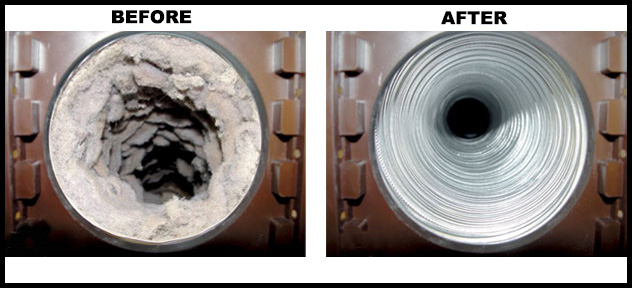

Here are some safety recommendations, as well as how to keep your dryer vents and ducts clean and clear. Avoid problems before they arise.
· Never leave your dryer running when you leave the house. Many serious fires occur, and many pets die because of dryer fires in a laundry room whether it is located in the basement or on another floor of the home. Not only will your destroy your dryer, but most likely your washer as well.
· Never leave your dryer running when you go to bed.
· Do not overload your dryer
· While the International Residential Code permits the routing of a dryer vent through the attic, it prohibits terminating it there. Terminating the vent in the attic could result in the accumulation of warm and damp air, which could cause rot the framing and joints as well as damage the insulation of the attic. Any loose lint from the dryer could also lead to additional issues.
· Remove lint from the lint trap / lint filter after every load of laundry. This will help reduce the amount of lint that builds up in the vent over time.
· Lint buildup in dryer vents can cause reduced air flow, which makes clothes take longer to dry.
· If you notice your clothes are taking longer to dry, or the dryer is getting hotter than usual, it may be time to clean your vent.
· Lint buildup can also cause dryer overheating, which can damage clothing and create fire hazards.
· Vacuum around the dryer vent opening on a monthly basis. This will help remove any lint that has accumulated around the opening.
· Detach the dryer vent ducting from the dryer and clean it with a vacuum cleaner attachment or a brush. Be sure to reach as far into the vent as possible to remove all of the lint.
· Inspect the dryer ducts for any blockages. If you find a blockage, use a vacuum cleaner attachment or a brush to remove it.
· If you live in an apartment or condo, you may need to hire a professional to clean your vent.
· If you have any questions about maintaining your dryer vent or ducts, please contact a professional for assistance.
· Dryer vent cleaning kits are available for purchase online or at most home improvement stores.
· Dryer vent cleaning kits are available for purchase online or at most home improvement stores.
Lambro offers a LintEater 10 piece dryer vent cleaning system that works great for longer dryer vents.
Statistics Dryer Vent Fires
The National Fire Protection Association (NFPA) reports that dryers and washing machines cause an average of 15,970 fires each year, with dryers causing 92% of them and an average of $200 million in property damage. www.nfpa.org
Report issued 2017
Home fires involving clothes dryers and washing machines
Report: NFPA’s “Home Fires Involving Clothes Dryers and Washing Machines”
Author: Richard Campbell
Issued: March 2017
Report highlights
· In 2010-2014, U.S. fire departments responded to an estimated average of 15,970 home structure fires involving clothes dryers or washing machines each year.
· These fires caused annual averages of 13 civilian deaths, 444 civilian injuries, and $238 million in direct property damage.
· The vast majority of fires (92%) involved clothes dryers.
· The leading items first ignited in dryer fires were dust, fiber or lint (26% of total) and clothing (26%), while items first ignited in washing machine fires were part of the appliance itself, including wire or cable insulation (26%), appliance housing or casing (24%), and drive belt (11%).
Lambro offers such a variety of dryer venting products including kits, distributors, wholesalers and retailers are sure to find the best options for their customers. Give us a call at (800) 645-2860 or fill out our Contact Us form.

